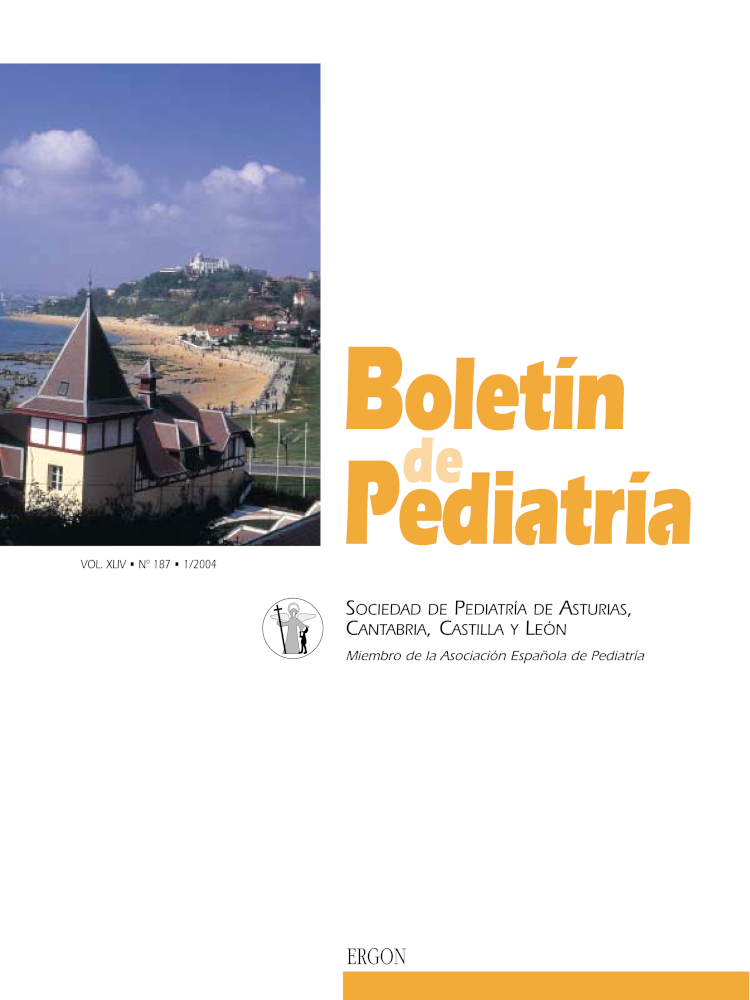Abstract
Introduction: Bronchial asthma, allergic rhinitis and atopic dermatitis are the most frequent pathologies in infancy in developed countries with a morbidity and prevalence which have increased during the last decades. The ISAAC study (International Study of Asthma and Allergies in Childhood) allows the comparison of prevalence and severity of allergic diseases between different communities by a questionnaire. In Spain, a wide geographic variability has been demonstrated among participating centres, whose results in asthma prevalence varies from 5.5% to 14.6%.
Materials and methods: Transversal study in prevalence and severity of bronchial asthma, allergic rhinitis and atopic dermatitis by using the written and video-questionnaires of the ISAAC protocol have been carried out on 1813 teenager aged 13-14 years in Santander and Torrelavega cities.
Results: The valid questionnaires (n = 1.813) represented 80.5% of the selected sample (n = 2.253). The accumulated asthma prevalence was 24.9% and the current asthma prevalence (asthma during the last year) was 16.7% (IC 95%: 15.0%-18.5%). 16.8% of the adolescents had been previously diagnosed with asthma and 21.1% was related with asthma induced by exercise. The accumulated asthma prevalence measured by the video-questionnaire is 27.2% and the current asthma prevalence is 14.4%. 9.9% identified with the asthma severe attack scene in video-questionnaire. The accumulated and current prevalence of bronchial asthma were not significantly associated with sex and city. Nasal symptoms in relation to rhinitis were found in 55.1% and symptoms of rhinitis during the last year (current prevalence) were found in 44.3% (IC 95%: 42.0%-46.6%). Nasal symptoms associated with conjunctival disorders during the last year were associated in 12% and the presence of nasal symptoms was more frequent in spring. 16.8% of adolescents were diagnosed with allergic rhinitis (hay fever) and only 6% manifested that nasal symptoms had interfered with their daily activities from time to time or a lot of times. The accumulated atopic dermatitis prevalence was 10.5% and 7.3% (IC 95%: 6.2%-8.6%) of adolescents had atopic dermatitis during the last year. Severe forms of atopic dermatitis which interfere the sleep were uncommon (1.5%) and 15.2% adolescents were diagnosed of eczema or atopic dermatitis.
Conclusions: The high prevalence of symptoms related with bronchial asthma, allergic rhinitis and atopic dermatitis in Cantabrian children aged 13-14 agrees on other Spanish geographical areas which use similar methodology but our prevalence of bronchial asthma is the highest. The knowledge of these results can contribute not to underestimate nasal and cutaneous allergic symptomatology in childhood and to a better control over the risk factors.

This work is licensed under a Creative Commons Attribution-NonCommercial 4.0 International License.
Copyright (c) 2004 Boletín de Pediatría
